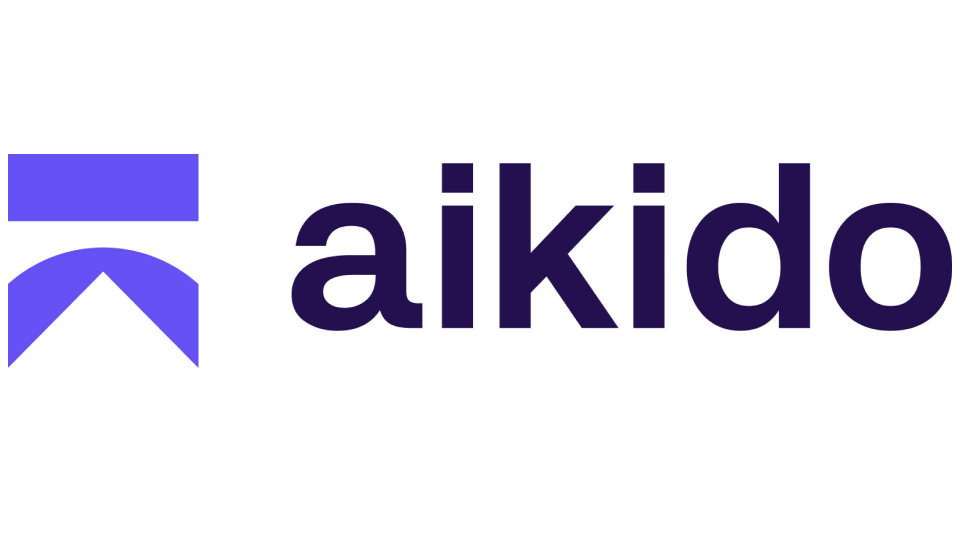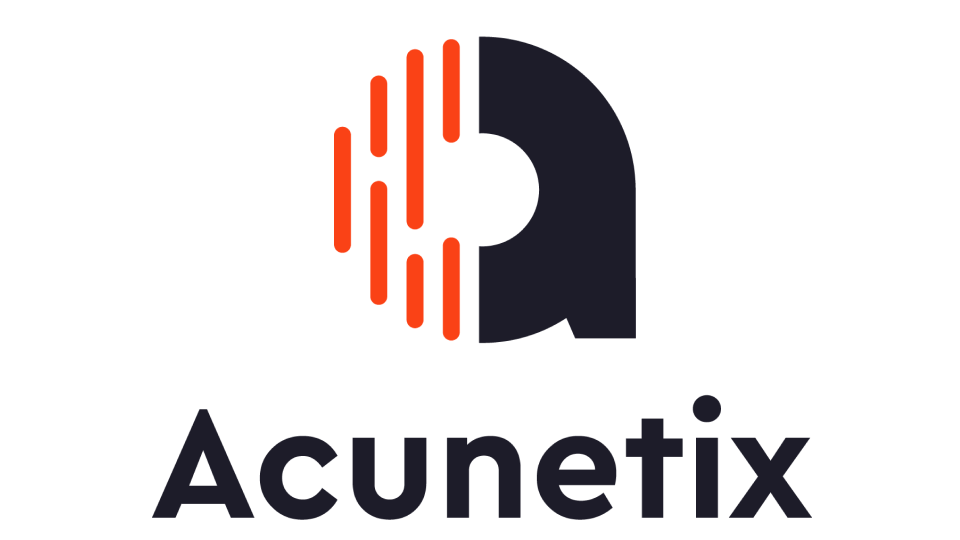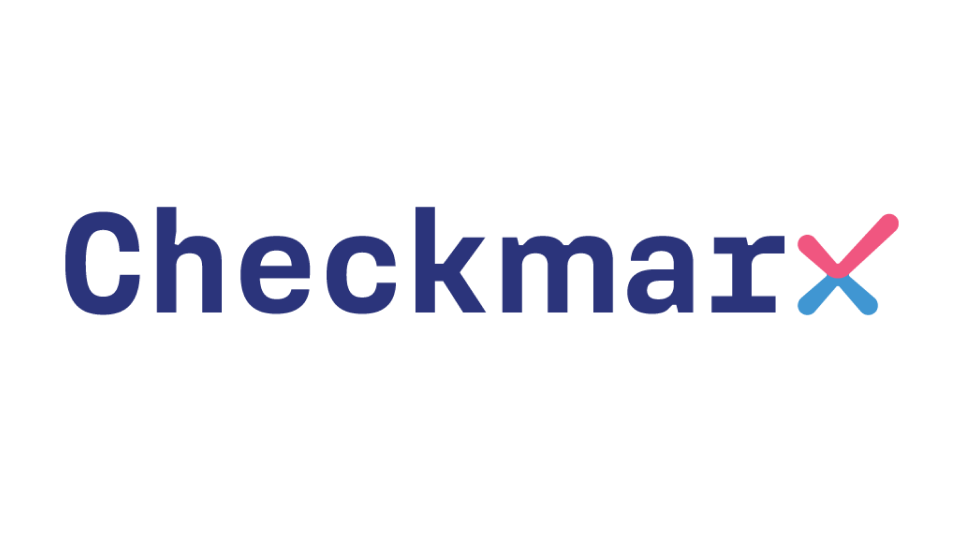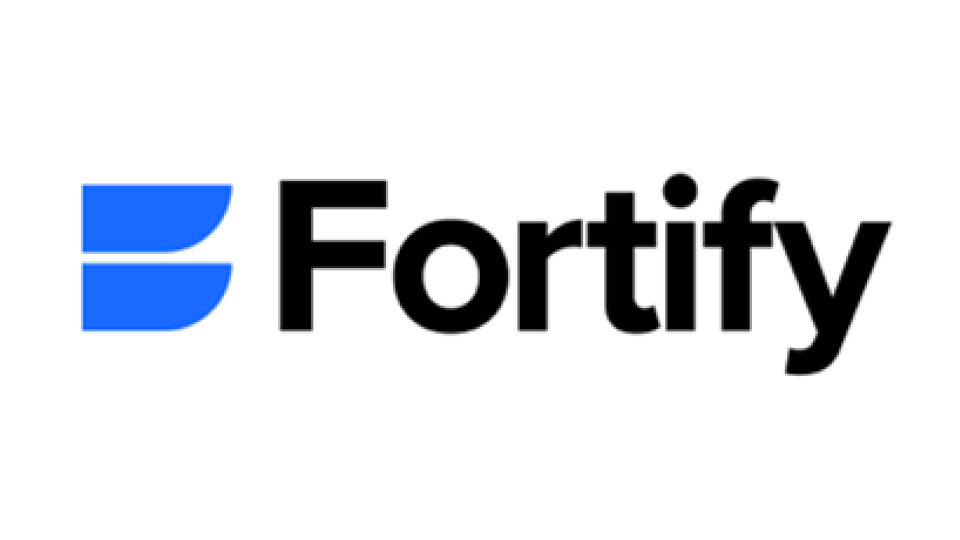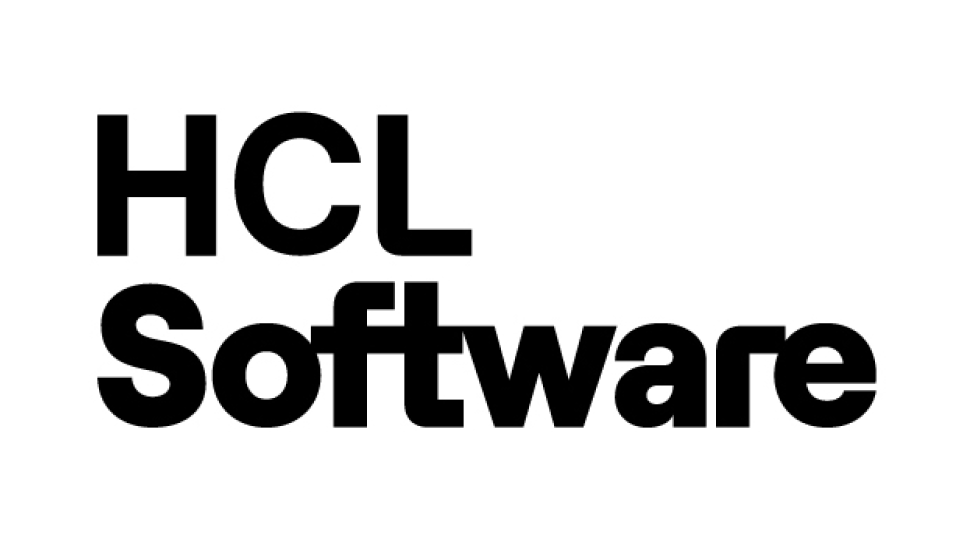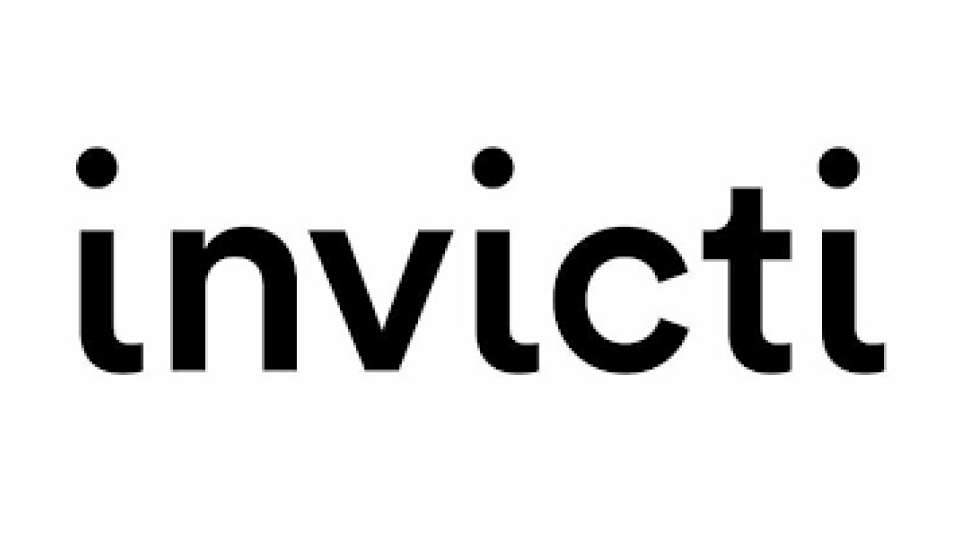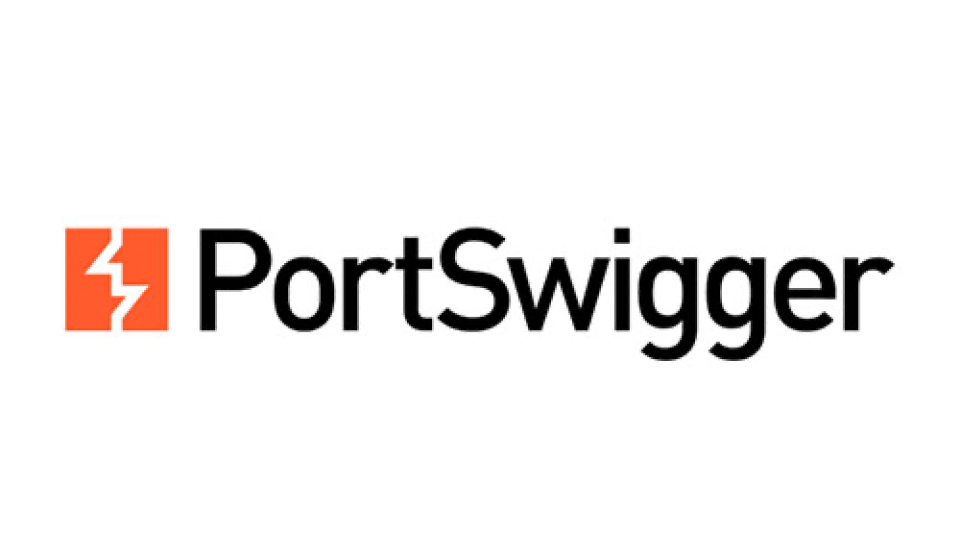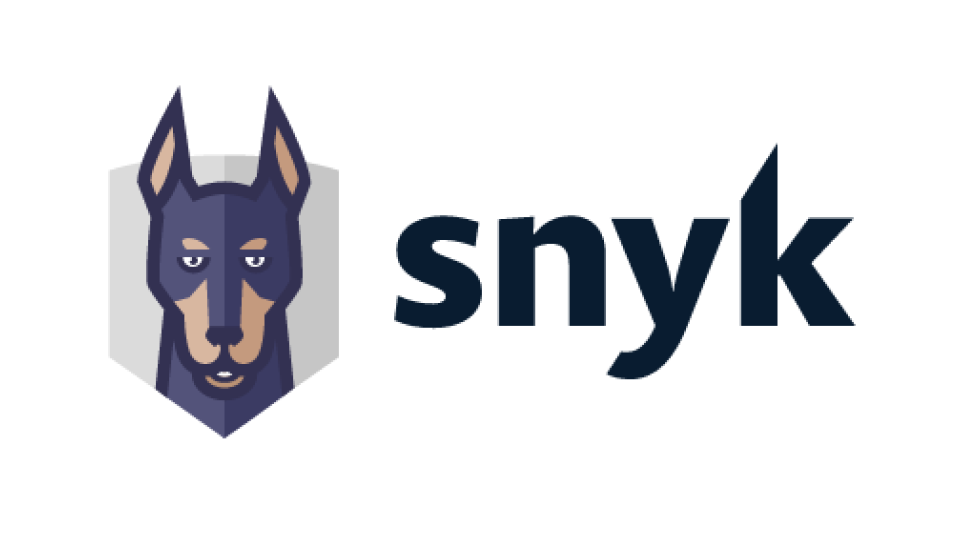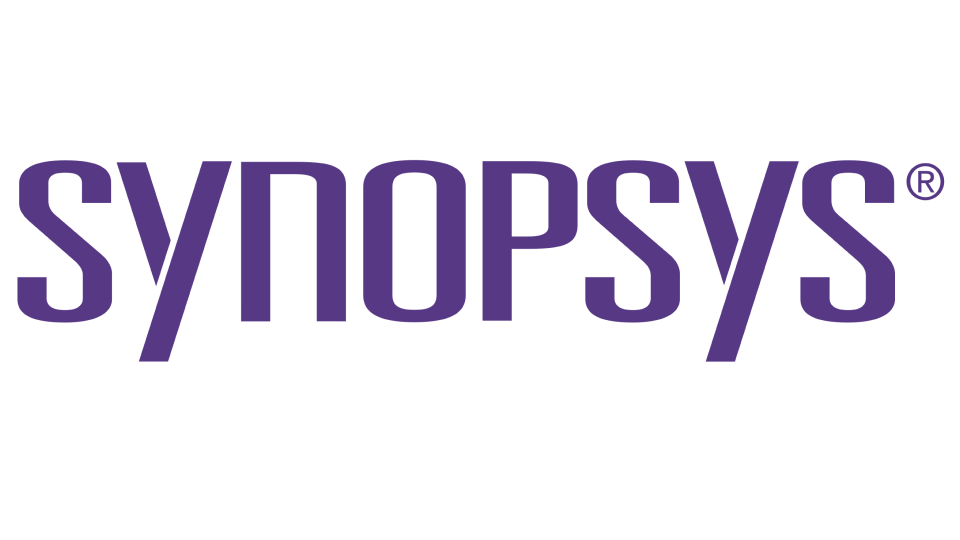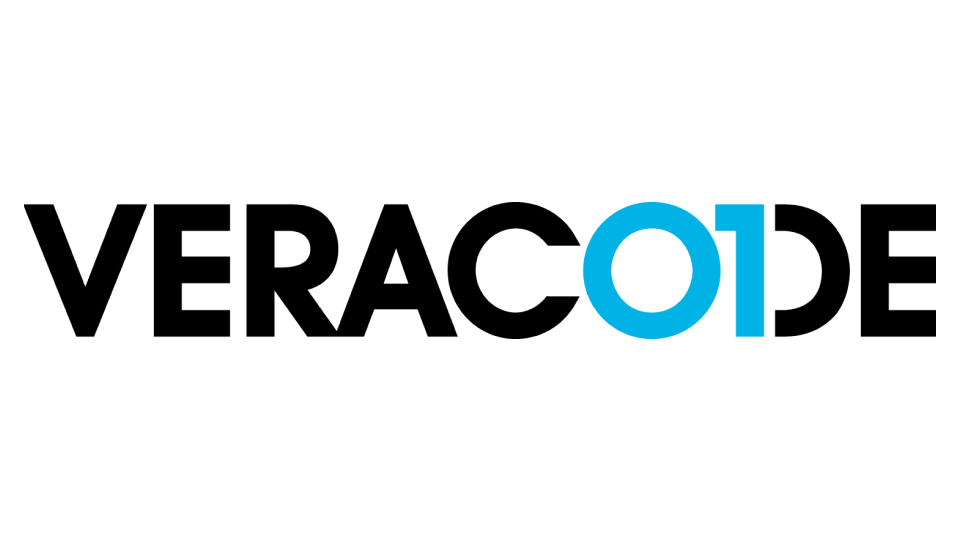Web Application Security solutions are essential for protecting web applications, services, and data exchanges against threats and potential vulnerabilities. As web applications become more sophisticated and complex, the need for robust security solutions that are capable of addressing a broader range of security threats only increases. Web Application Security solutions help developers and IT teams identify, analyze, and remediate vulnerabilities within web applications, ensuring that online platforms are secure and comply with industry standards and regulations.
Web Application Security solutions include tools such as Web Application Firewalls (WAF), Security Assessment and Vulnerability Management, Runtime Application Self-Protection (RASP), API Security solutions, and other cutting-edge tools and technologies that work together to protect modern web applications. These solutions employ various techniques, including static and dynamic code analysis, penetration testing, and behavioral monitoring to uncover vulnerabilities and provide real-time protection.
As businesses adopt digital transformation and rely heavily on online platforms, choosing the right Web Application Security solution is critical to maintaining security and improving customer trust. This guide will explore the top Web Application Security solutions in the market today, examining their features and overall effectiveness based on our user experiences and industry feedback.



